How Should Europe Decarbonize? Depends Who You Ask
GreenTechMedia
JULY 29, 2020
Shell's much-discussed Sky scenario from 2018, which charts a path to meeting the goals of the Paris Agreement, forecasts nuclear and fossil fuels each accounting for roughly 11 percent of Europe's mix in 2050. Bradley noted that different countries and regions will see very different technology mixes.


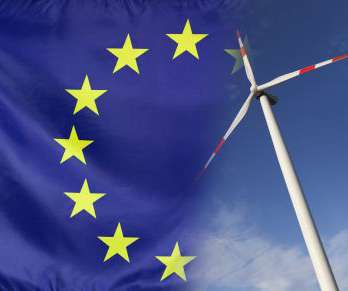
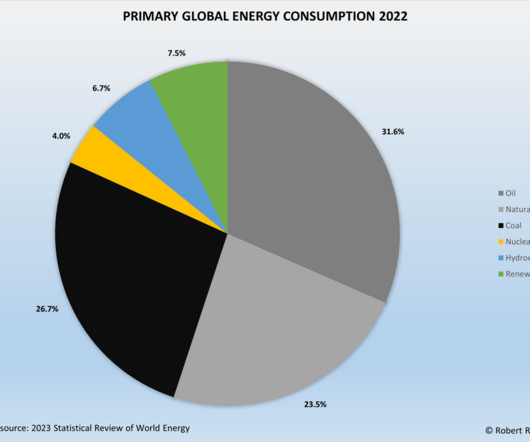


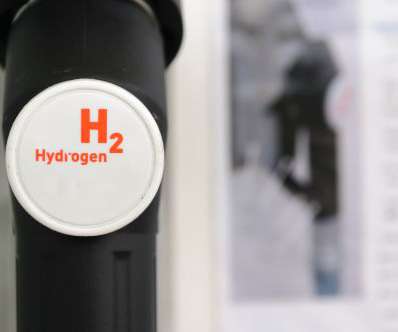

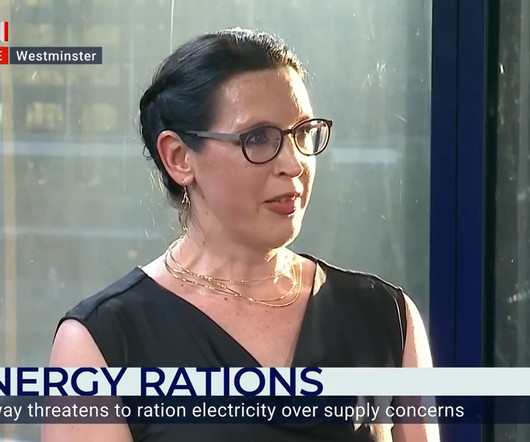
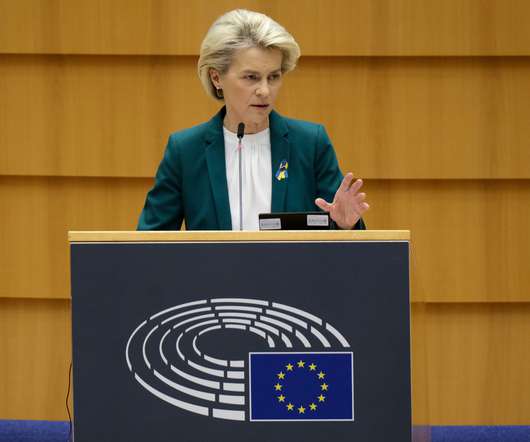








Let's personalize your content